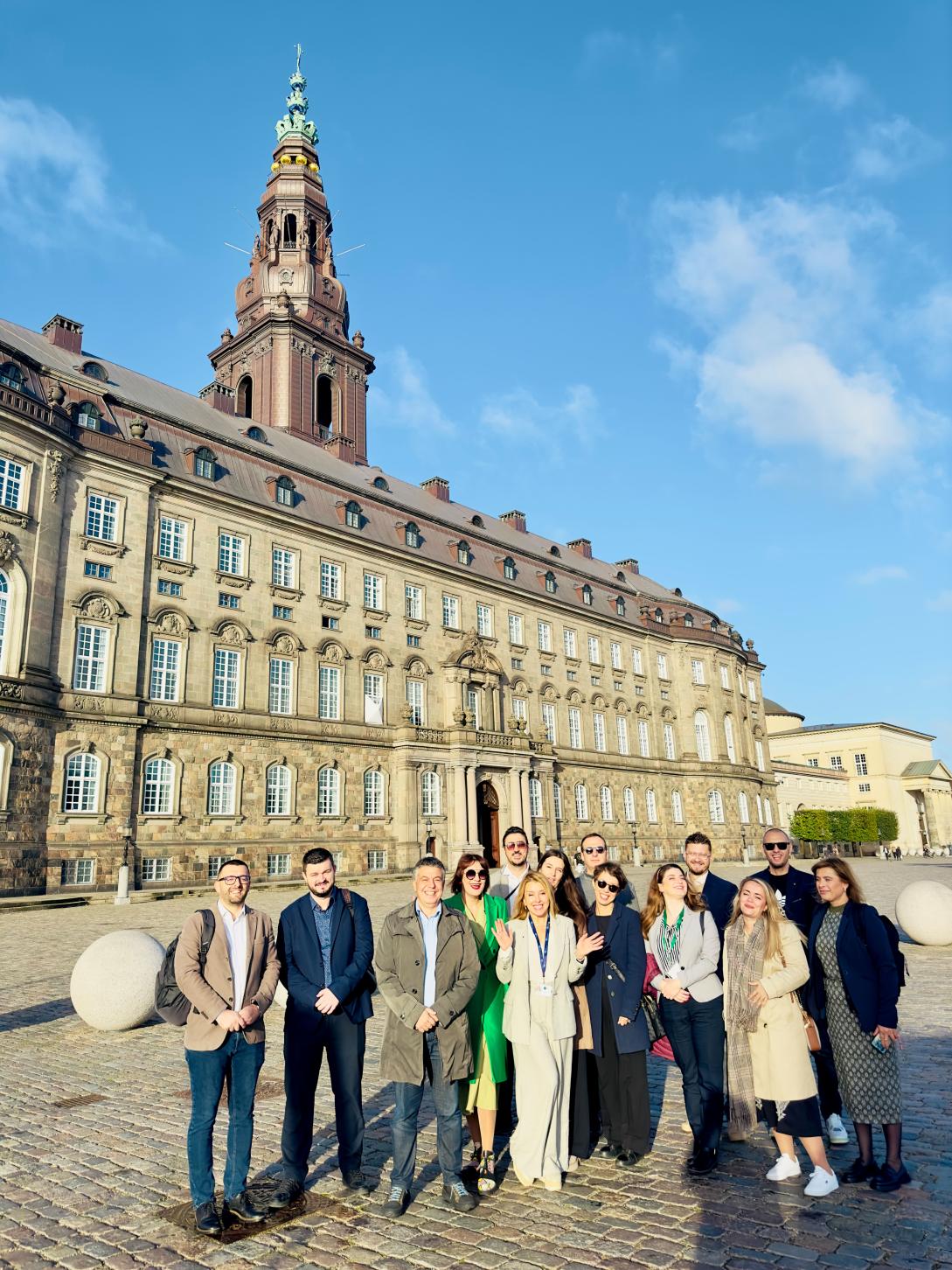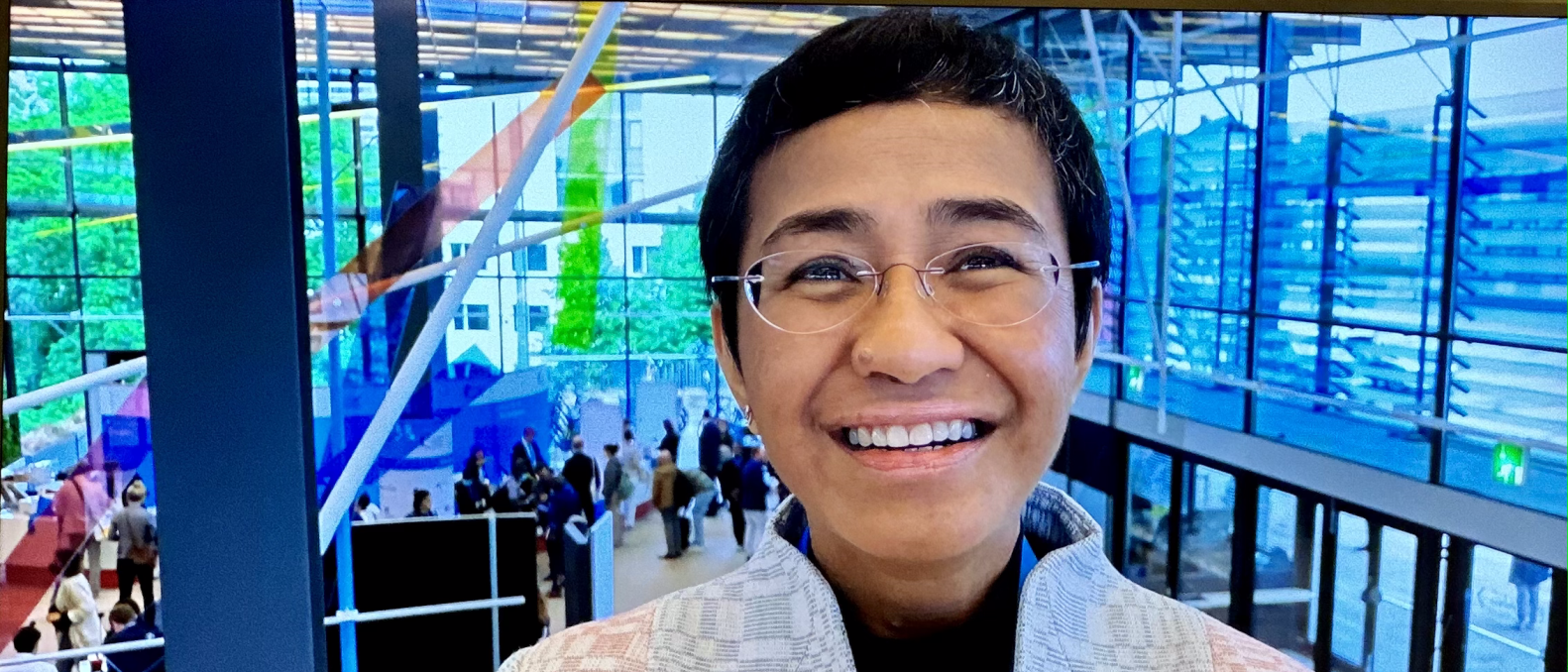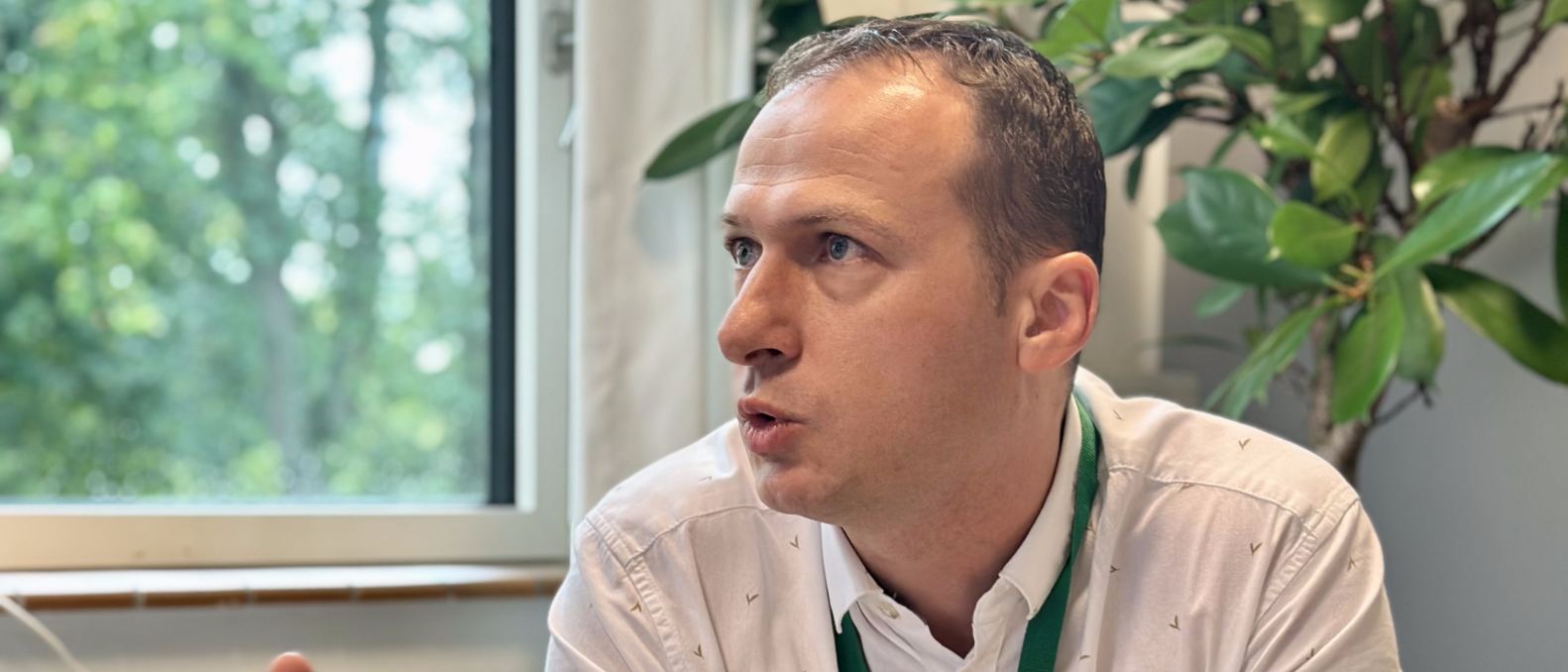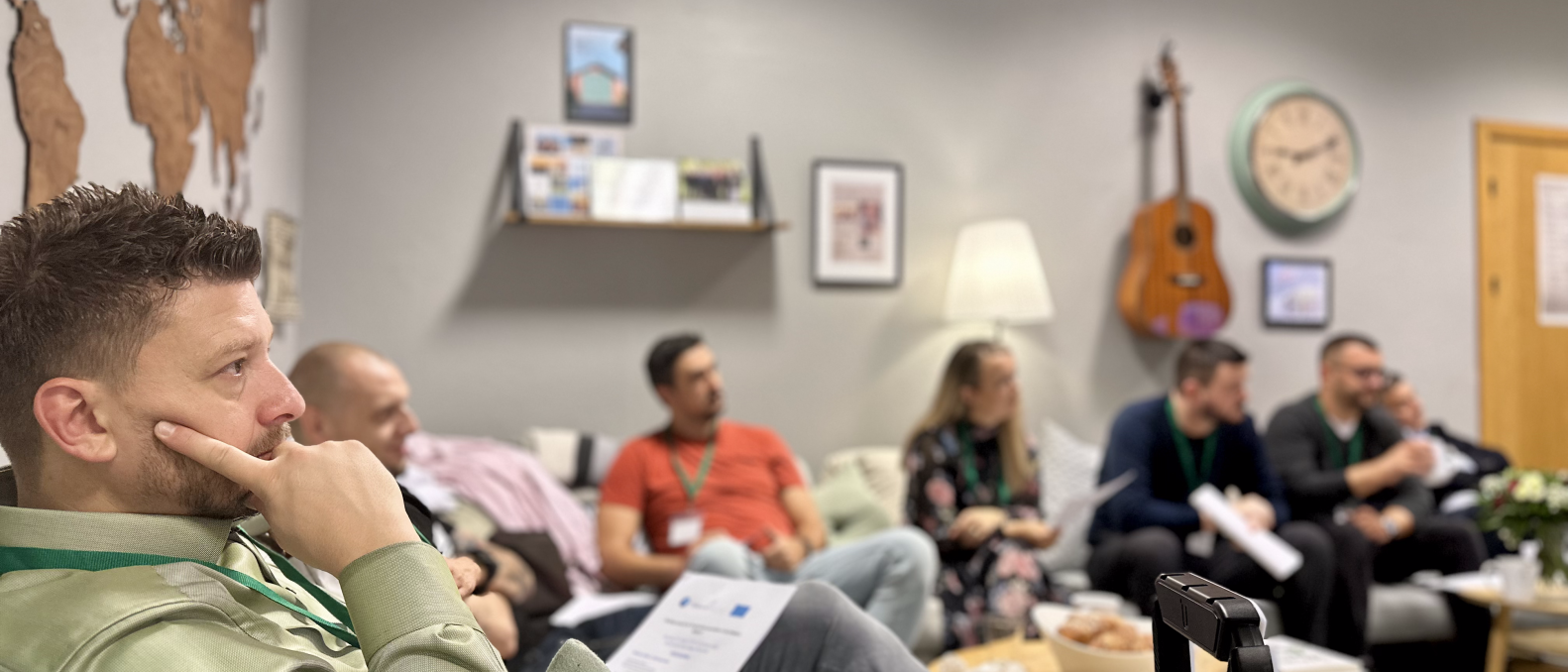Western Balkans: Fighting information manipulation by constructive journalism

There is good and bad, happy and sad in the world and professional journalism needs to reflect it all. Comprehensive, good reporting does not only provide the full picture of truth about what is happening around us, but is also fighting polarisation and ‘news avoidance’ stemming from the constant flow of negative news which leads people to seek comfort in cooking shows and social media.
Why constructive journalism?
Studies show that mainstream media tend to focus on negative, sensationalist news, which is one of the main reasons why people avoid them. As a consequence, mainstream media have been losing audience and many people ended up getting news via social media and messaging apps. In addition, the traditional media approach “if it bleads it leads” proved to contribute to citizens disengagement and hopelessness.
When practiced, constructive journalism proved to bring audiences back and have additional positive impact on societies. It is not a journalism that is painting a rosy picture. It is factual, critical and professional journalism, but it also focuses on what is good. It factually reflects who, what, when and why, as traditional journalism does, but it also askes “what now” and “what do we do about it”, providing a platform for discussion and facilitating solutions, instead of simply giving space for endless political fights that ultimately make people switch off.
During the Western Balkans capacity building program, which took place in the first week of October 2023 in Aarhus and Copenhagen, the participants heard on this topic from the Nobel Peace Prize winner Maria Ressa and deep dived into the principles of constructive journalism with leading figures of the Constructive Institute, as well as with some of the most influential practitioners of constructive journalism in the Danish media from TV2 Fyn, Norwegian Public Service Broadcaster/National TV NRK and Midtjyllands Avis.
During the program, editors and journalists had a chance to discuss how constrictive journalism supports democracy as it informs citizens in a way that empowers them to understand complex issues. It makes them realise that the role of the decision- makers is not to endlessly fight among themselves, polarising people and societies, but to find solutions to the problems citizens face. The discussion also reflected how the constructive journalism approach gives citizens a sense of agency and a motive to participate in democratic processes.
Within this program, the participants also visited the Danish Parliament, Christiansborg and had deliberations on the EU accession of the Western Balkans, fight against FIMI and visited the European Environment Agency (EEA) where they had a thorough briefing on the EU environmental policies and projects which the EU is implementing in the region.
The topic of constructive journalism is prominently featured in our new social media campaign Europeans in Action, where lessons from Denmark are distilled and elaborated upon in short videos, alongside other pertinent topics such as media literacy and media transparency. This is what our Europeans in Action have to say: https://www.eeas.europa.eu/eeas/europeans-action_en”.
Background
The EEAS Western Balkans StratCom Task Force implemented this program within its efforts to keep building resilience to Foreign Information Manipulation and Interference (FIMI) in the Western Balkans.
This programme was implemented in cooperation with the Constructive Institute, an independent centre based in Aarhus University in Denmark, which support journalists and news organisations for a “reporting that is more solutions-focused, balanced and connects society”.
More info on constructive journalism is available here.









